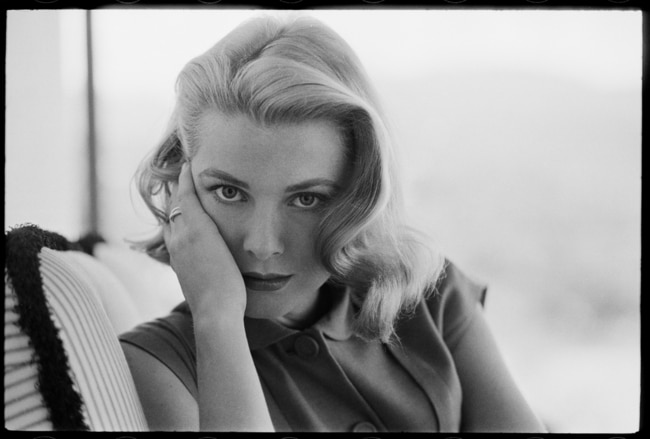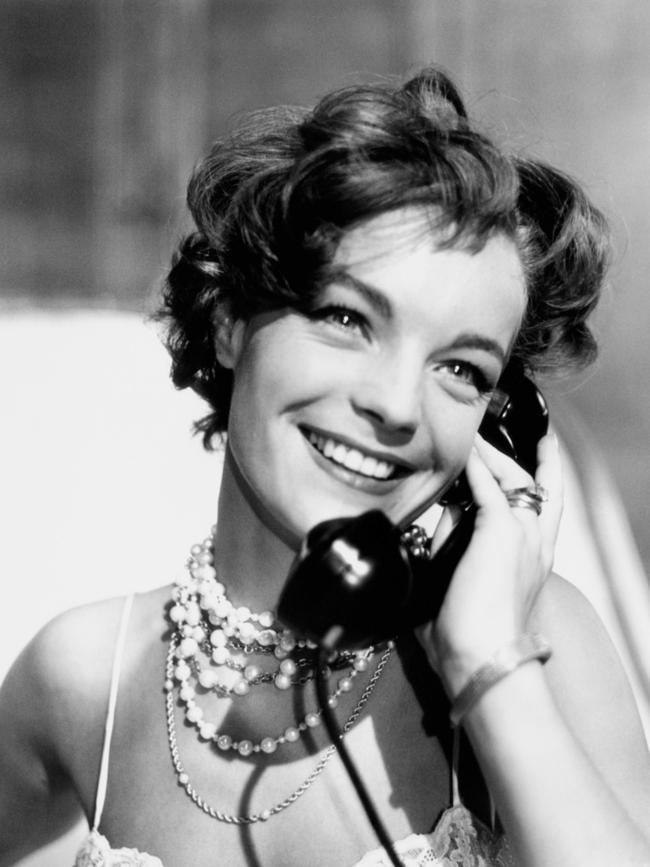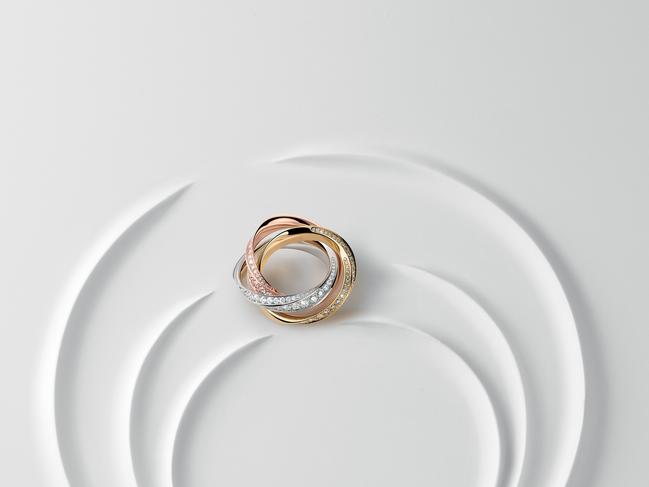For a 100-year-old Cartier icon, three is the magic number
Three’s the magic number for a Cartier icon that marks its centenary.

Grace Kelly wore hers on her ring finger while sweeping back blonde waves from her face, Alain Delon slipped one onto a cigarette-gripping finger on the set of Visconti’s The Leopard in 1962, while Jean Cocteau wore two stacked on his pinky. Celebrating its 100th birthday this year, Cartier’s Trinity ring has enjoyed an illustrious and varied list of fans that have helped it allure endure all the way to 2024.
To fete the occasion, the 1847-founded French jeweller has just released a square-shaped rework. For a maison that is very particular about changes to its classic designs, the new shape or ‘cushion’ is a radical though simple update and ultimately, as the maison’s director of image, style and heritage Pierre Raniero, puts it, “very Cartier.”
Efforts have been taken, he points out, to retain the original ring’s – whose three bands in rose, yellow and white gold, move around each other – fluidity and playfulness. “At the end, everything is round and comfortable when you wear it,” he says. “When I saw the first design, I was wondering how it could work, but it does.”

It will be permanently added to the Trinity family which to date has included bracelets and necklaces, followed by the addition of a super-sized ring with pumped-up, sumptuously curving proportions. Alongside a re-edition of a 2004 bracelet will debut the most complex piece, coming in March: a modular single band that expands when twisted to reveal a trail of pavé diamonds, inspired by a Japanese puzzle and created by Marie-Lauré Cérède, Cartier’s director of watchmaking and jewellery design.
Raniero calls this design radical but “still totally Trinity.” It carries on the legacy of its conception in 1924 in that it was an affront to traditional ideas about how, why and who, should wear jewellery. “Because let’s remember that in ‘24, that was still the time of being official supplier to royal courts. There was a status linked [to wearing jewellery]. And suddenly, being in front of such a simple object …” he trails off. Grandson of the house’s founder, Louis Cartier’s creation was worn immediately by both men and women, and taken on as a personal, not showy, piece.

The mythology surrounding the ring is the kind that takes a century to build, and why the simple intertwined band have retained their appeal. It has become shorthand in the fashion and jewellery worlds for a certain type of in-the-know person, a symbol the wearer is connected to its storied, cultured patrons.
After the death of French novelist Raymond Radiguet, it was said the bereft (and eventually Opium-dependent) Jean Cocteau, bought a second ring, by which to remember his friend.
Raniero says the association with Cocteau is a significant one for Cartier. “A writer, a poet, and creator … he went in so many different directions. He was touching cinema, theatre, so many things, explains Raniero. “He helped a lot the magical dimension of the ring because he’s the one associated with that. He brought a lot, so well that in fact, many people thought he had created the ring.”

Since its actual creation by Louis Cartier, its simplicity has meant wearers, famous or not, have created their own personal associations. This is helped along but the rings tricoloured metals symbolic of love (rose gold), friendship (white gold) and fidelity (yellow gold). “Our wish to understand, let’s say what is important in the life of people and how we can create pieces at the origin of the expression of deep feelings of people – I think that’s what jewellery is about in a way,” says Raniero. “You’re not only designers, you have to understand what is important in the life of your clients.”

And though fans like Jacqueline Bisset, Romy Schneider, the Princess of Monaco will ever be linked to Trinity the goal was always that it should be universally appealing, not exclusive. “The family had the idea that Cartier was not only for the wealthiest people,” Raniero says of the founders. “They were very, very, let’s say, in favour of having as many people coming to the store as possible and share their own idea of beauty.”
An idea struck upon once in a century.





To join the conversation, please log in. Don't have an account? Register
Join the conversation, you are commenting as Logout